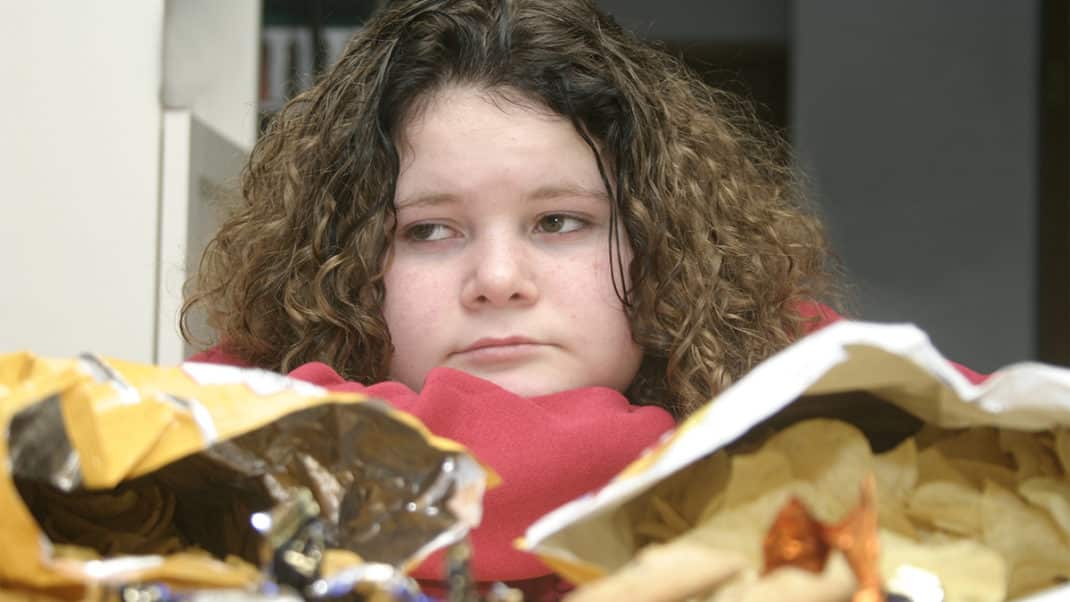All About Australia
Dedicated fitness professionals in Australia are regularly inspiring people to become healthy, says Ken Baldwin, fitness professional and presenter in Brisbane, Australia, who has worked in the industry for over 25 years. “We are becoming more credible and expanding our knowledge due to demands placed on our industry for certifications and fitness insurance,” he says. “We now work more closely with other allied professionals, and there’s been increased interest in functional training. Most gyms are realizing that they have to cater to a broader range of members, including older adults and Baby Boomers.”
On the personal training front, the focus has been on small-group training as a profit center, for both studio operators and gyms, notes Baldwin. “Two popular programs are boot camp and boxing one-on-one. More portable equipment—such as BOSU® Balance Trainers, bands and balls—are being purchased. The popularity of BOSU trainers seems to be growing immensely, both in personal training and group fitness.”
In Australia about 95% of fitness
centers offer Les Mills programs (Body Pump™, Body Attack™, Body Balance™, Body Combat™ and RPM™) on their timetables, notes Baldwin. “Licensing fees are expensive on these programs, but they are backed with solid education, advertising and promotional material. Managers like these programs due to the simplicity, consistency, and availability of instructors.”
The popularity of fusion classes, boxing and core classes is increasing. Indoor cycling, seniors’ classes and gentle exercise programs are also on the rise. Mind-body classes are still popular, with gentle yoga and mat Pilates seeming to have the largest numbers. (Reformer classes are offered predominantly at specialized studios.) “Bikram yoga has received a lot of press lately, and this trend is growing quickly in most areas,” Baldwin adds.
What is not working? “There has been a decline in step and high-low class formats,” says Baldwin. “In general, Australia does not follow things that have a gimmick. Most gym chains will not invest in new equipment for group fitness—including water—classes, because chains see these classes as secondary offerings to get more people in to cover the costs and overheads on the cardio gear and weights.”
Australians view themselves as active and good at sport, but only a small percentage of the population actually exercises regularly, explains Baldwin. “We are big on spectator sports and enjoy taking part in many outdoor activities. With our climate, quite often a social event is included in the activity. Information on exercise and diet is readily available, although advertising, reality programs (such as The Biggest Loser) and easy access to junk food and fast-food chains have blurred [the message]. Some private health [insurance providers] give rebates on gym memberships and other services to encourage participation in fitness activities.”
Obesity is an ongoing problem. “Diabetes and inactivity are continually growing as children are becoming less
and less active. The pressure to [improve academic performance] has seen most schools cutting back on physical education at all levels.” The government, however, is trying to increase awareness about health. “The current government campaign focuses on creating awareness about diabetes, heart attacks and [the need to be active] for 30 minutes a day,” says Baldwin. “Although there is a small percentage of awareness by the government, there is still not enough action or funding to assist in the promotion of fitness programs.” n






